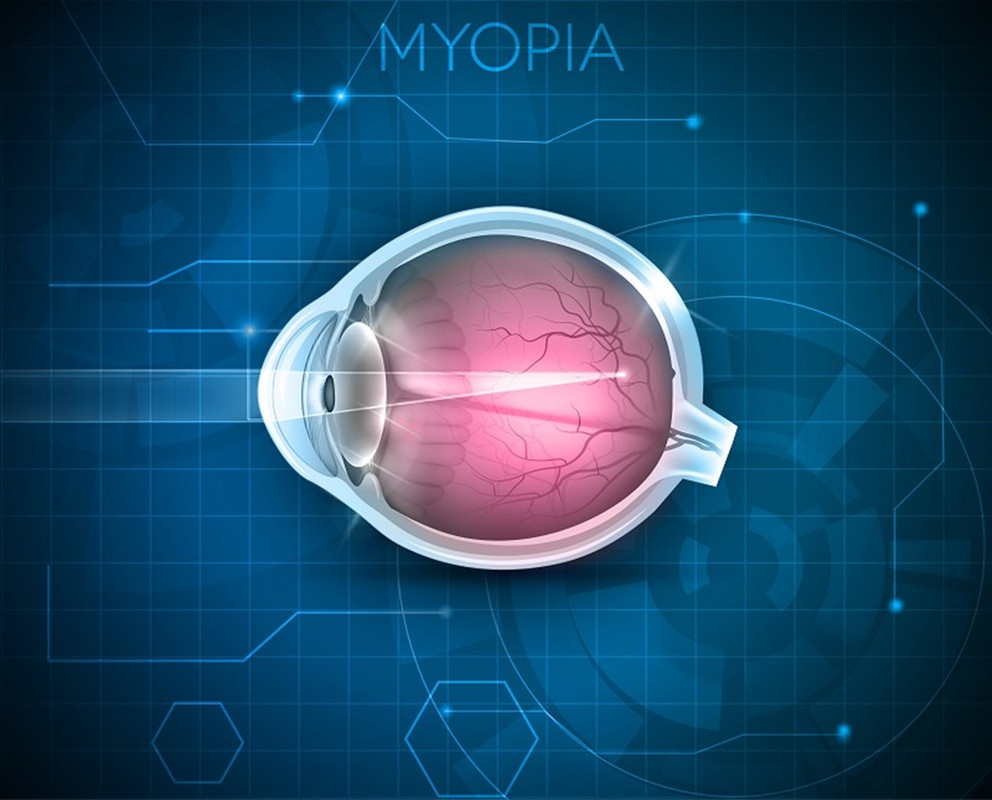The Multifaceted Approach to Myopia Control: A Comprehensive Guide

Have you ever stopped to consider just how much the world around us affects our perception? Why is it that so many children and adults these days suffer from myopia, better known as short-sightedness? Could the way we design and interact with our spaces improve our vision? As someone deeply passionate about the interplay between design, architecture, and health, today I'll take you through a comprehensive guide to understanding the multifaceted approach to myopia control.
This blog post goes beyond mere prescription glasses and monthly eye check-ups. We delve into the root causes of myopia, the role of our environment in its progression, and how our everyday activities contribute to its control. This is a topic relevant not just to architects and interior designers, but also to families, teachers, healthcare professionals, and essentially anyone who wishes for a better vision for themselves or their loved ones.
You may ask, why bother with myopia? With technological advancements, isn't it easy to manage? While it's true that glasses and contact lenses offer a temporary solution, the inconvenient truth is that myopia is increasing at an alarming rate globally. And if left unchecked, it can lead to serious ocular diseases like glaucoma or even blindness. So grab a cup of coffee, sit back, and let's unravel the intricate relationship between myopia control and environmental design.
Understanding the Concept of Myopia
Myopia isn't just about blurred vision or not being able to read the whiteboard from the back of the classroom. It's a complex refractive error that involves the lengthening of the eyeball, leading to light rays focusing in front of the retina rather than on it, hence the blurry distant vision.
Part of the increasing incident of myopia is attributed to genetics, but lifestyle and environmental factors play a significant role too. With the digital age and the fact that children and adults are spending less time outdoors and more time on screens, this isn't surprising. But, did you know architecture and interior design could also contribute to myopia control?
Exploring the Role of Architecture and Design in Myopia Progression
The design and layout of our living spaces, workplaces, schools, and recreational areas could influence our visual behavior. For instance, large windows in classrooms let in natural light, which studies show could slow the progression of myopia in schoolchildren.
Also, buildings and structures that encourage outdoor activities and physical movement could reduce nearsightedness. It's important that architects and designers incorporate these into their planning to encourage healthy vision behavior.
Lifestyle Modifications and Everyday Practices
Making a conscious effort to control screen time, regular breaks from up-close work, and encouraging outdoor playtime for kids are some simple yet impactful ways to control myopia. Rolling out these practices can provide a lasting solution to this growing problem.
Weighing the Pros and Cons of Technological Solutions
While technological solutions, like specially designed contact lenses and eye drops, have shown promise in managing myopia, they merely address symptoms, not root causes. Relying solely on them is a short-sighted response that doesn't address lifestyle or environmental factors.

Creating a Vision-Healthy Future
Creating environments that promote excellent visual health is a collective responsibility. Architects and urban planners need to design spaces conducive to outdoor activities and exposure to natural light. Simultaneously, individuals and families need to make lifestyle adjustments that curb the increase in myopia cases.
Holistic Approach—It Takes a Village
Preventing the progression of myopia requires a concerted effort. A multi-pronged approach involving policymakers, health professionals, educators, parents, children, architects, and urban planners is imperative to realize this vision.
Conclusion:
Myopia control involves much more than managing symptoms. It's a complex issue that necessitates understanding our environments' role, lifestyle modifications, and the inherent interplay between these factors. The goal is not just clear, unfettered vision but the overall wellness of our eyes and by extension, our health. As we move forward in technological advancements and urbanization, it's more important than ever that we don't lose sight of the importance of a comprehensive and multifaceted approach to myopia control.







No comments :
Note: Only a member of this blog may post a comment.